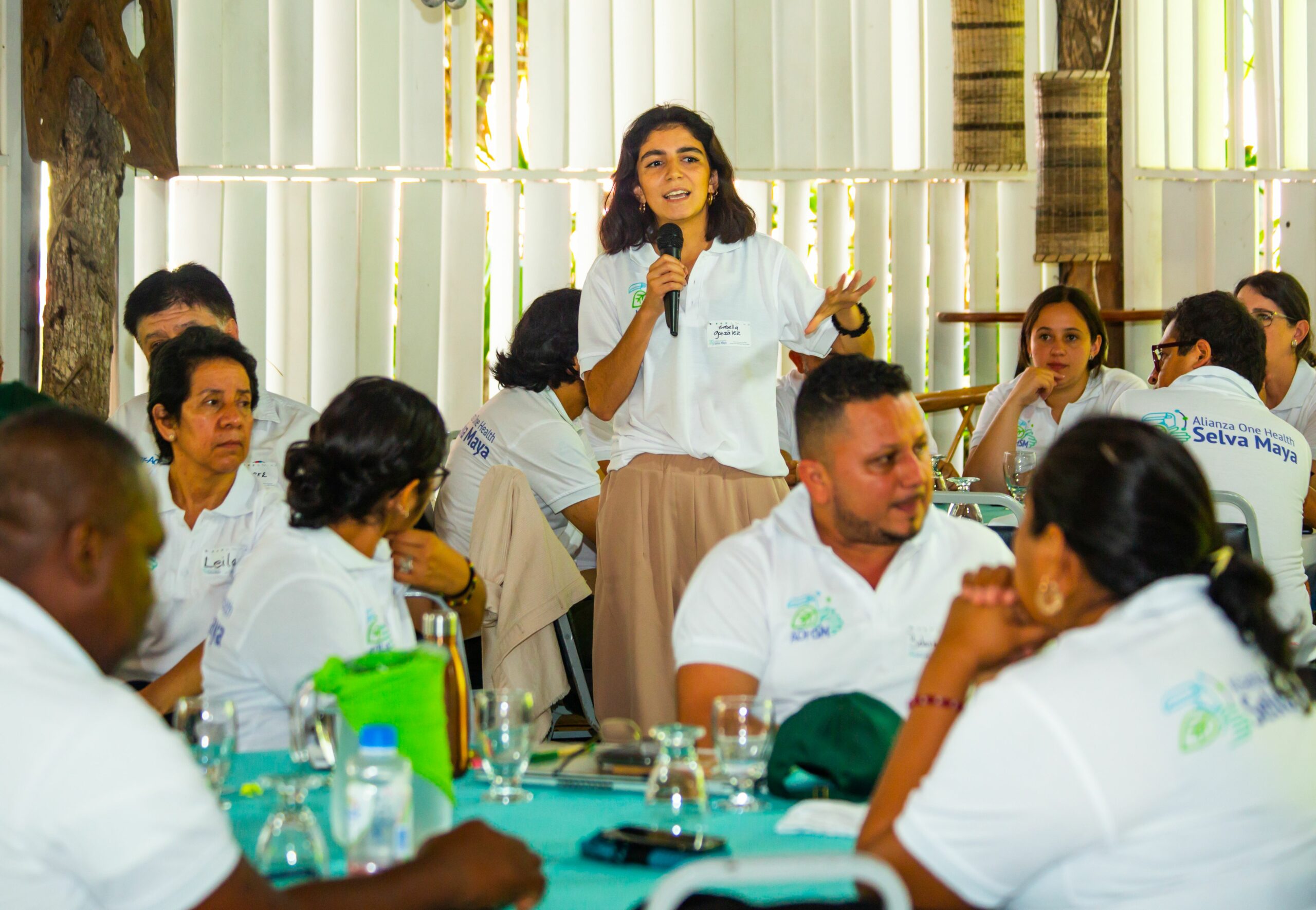
The post below has been submitted by an individual member or a member organisation of the Alliance. Therefore, the Alliance Secretariat does not hold any responsibility or liability for the content, neither may the content be reflective of the Alliance community as such.
The month of March marks two dates with globally recognized significance: March 4th being World Wildlife Day, followed by March 8th as International Women’s Day. Hence, I would like to share some thoughts on the interlinkage between both topics, addressing wildlife within the broader One Health framework.
The point where humans, animals, and the environment intersect can lead to the emergence of new diseases. This can happen due to various reasons such as changes caused by intensive farming, expansion of human settlements into wildlife areas, international travel, and urban growth. The One Health approach to diseases that spread from animals to humans considers the health of the environment, animals, and humans together. Specific gender roles in society and the home can affect how likely someone is to be exposed to different dangers, including diseases that come from animals. There has been some research about how women and men have different roles and risks at this intersection:
Gender gap reduction and the One Health benefits.
Applying the gender dimension to the One Health approach.
By including gender considerations in efforts that involve multiple sectors, following the One Health approach, we can reduce the risk of infections for both humans and animals, and minimize potential economic losses. It’s recommended to add a gender analysis to the One Health approach to better understand how social norms, activities, and behaviors affect exposure to infections, chemical pollution, and the impacts of climate change.
Apart from academia, there have been efforts to shift from a stance that overlooks gender differences to a better awareness of them also on an institutional level: The World Organisation for Animal Health for instance is now gathering data and recognizing how gender impacts not just the organization itself, but also the communities worldwide affected by animal health. The organization is striving to enhance both animal health and welfare in light of these gender considerations.
You can join the WOAH online event “Pivot points in gender mainstreaming – navigating shifts in gender awareness in animal health and welfare” tomorrow, Friday March 15th, from 12 to 13 CET to learn more about possible applications of a gender dimension to the One Health approach.
Register here: Pivot points in gender mainstreaming – navigating shifts in gender awareness in animal health and welfare · Zoom · Luma